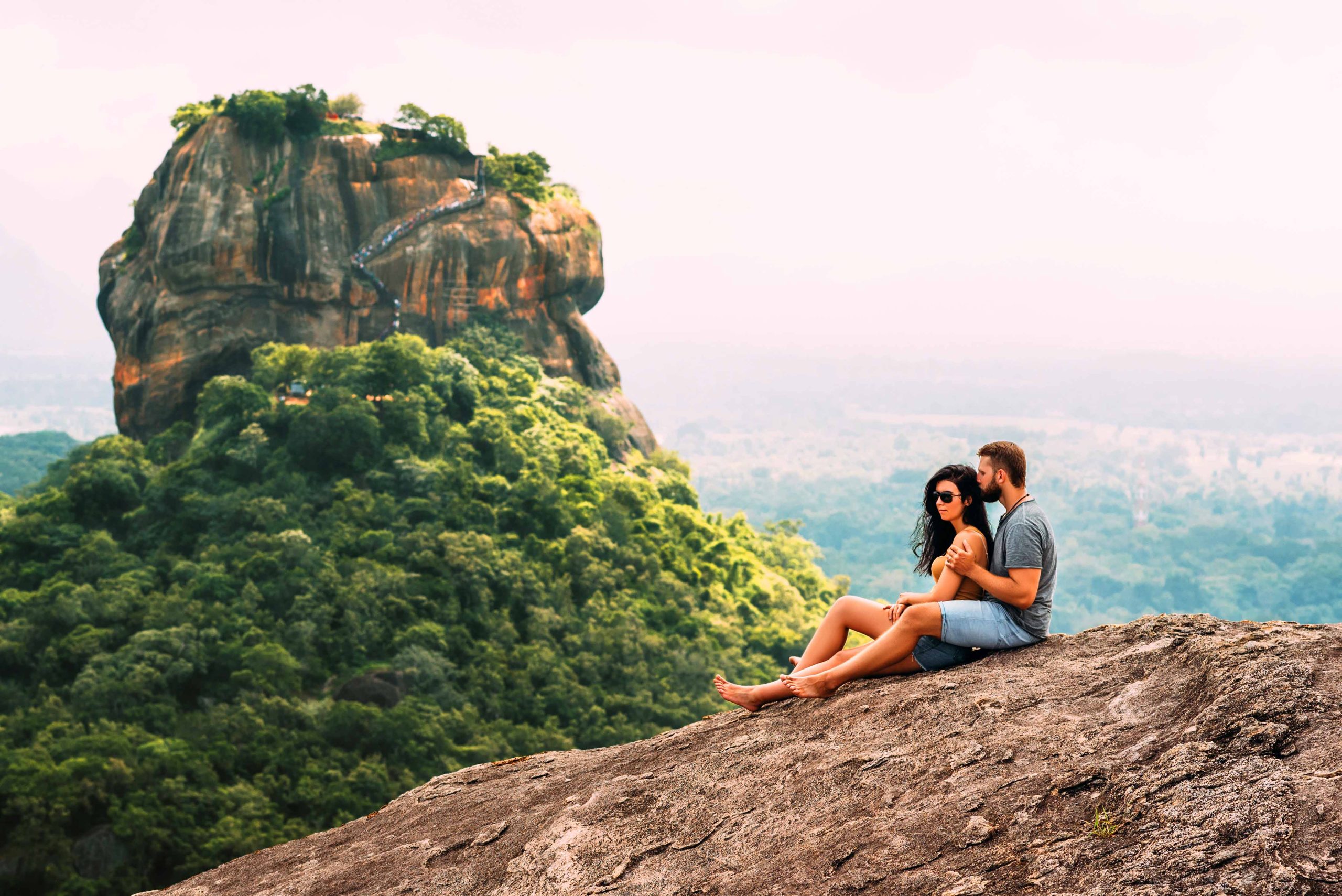Exploring Kelaniya Temple: A Sacred Gem in Sri Lanka
In this article, we explore the Kelaniya Temple, a magnificent Buddhist site in Sri Lanka. We discuss its history, architecture, rituals, and the overall significance of this sacred gem, not just for locals but also for travelers seeking spiritual enlightenment and cultural understanding.
Table of Contents
ToggleWhat is the history of Kelaniya Temple?
The Kelaniya Temple, or Kelaniya Raja Maha Vihara, is steeped in history that dates back to ancient times. Believed to be a site visited by the Buddha during his third visit to Sri Lanka, it holds immense significance for Buddhists. The temple’s origins trace back to around the 3rd century BCE when King Devanampiya Tissa established it as a prominent Buddhist shrine.
Over the centuries, the temple has been reconsecrated, rebuilt, and restored. Each changing era has left its mark on the temple’s design and architectural style, resulting in a blend of ancient and modern influences that showcases the rich heritage of Sri Lanka. Notable kings have contributed to its development, most notably during the reign of King Vimaladharmasuriya II in the 17th century, adding further to its historical importance.
What makes the architecture of Kelaniya Temple unique?
The architecture of Kelaniya Temple is a captivating blend of traditional and modern styles. The temple features a stunning combination of intricate murals, statues, and carvings that reflect the skill of local artisans. The main shrine, a magnificent stupa, is surrounded by beautifully landscaped gardens that enhance the temple’s serene atmosphere.
One of the most striking features is the vivid mural paintings that adorn the walls, depicting scenes from the life of the Buddha and various Jataka tales. The use of bright colors and detailed illustrations captivates visitors and invites them to explore the stories behind each mural. The temple’s overall design promotes a sense of peace and tranquility, making it an ideal place for meditation and reflection.
What rituals and celebrations occur at Kelaniya Temple?
Kelaniya Temple is not just a site for quiet contemplation; it’s also a bustling center of activity during various religious ceremonies. One of the most important events is the annual Duruthu Perahera, held in January. This vibrant procession attracts both locals and tourists, showcasing traditional drumming, dancers, and beautifully adorned elephants. It commemorates the Buddha’s visit to Sri Lanka and is an integral part of the temple’s cultural identity.
Regular puja ceremonies take place throughout the week, allowing devotees to engage in prayer,offerings, and meditation. Visitors are often welcomed to join these rituals, making it an enriching experience for travelers interested in local traditions. The atmosphere during these events is filled with devotion and community spirit, offering a glimpse into the heart of Sri Lankan Buddhism.
Why should travelers visit Kelaniya Temple?
Traveling to the Kelaniya Temple offers more than just a visual feast; it provides a deep connection to Sri Lanka’s spiritual and historical roots. Its proximity to Colombo makes it a convenient stop for travelers exploring the city. Visitors can enjoy a peaceful retreat from the bustle of urban life while immersing themselves in the country’s rich culture and history.
Moreover, the temple is an excellent destination for photography enthusiasts. The stunning architecture, vibrant murals, and picturesque gardens offer limitless opportunities for capturing memories. Whether you are seeking spiritual growth or simply wish to appreciate the beauty of the site, Kelaniya Temple serves as a reminder of Sri Lanka’s enriching heritage.
How can you get to Kelaniya Temple?
Reaching Kelaniya Temple is relatively easy for travelers in Sri Lanka. It is located just about 11 kilometers from Colombo, making it accessible by various modes of transport. Many visitors choose to hire a taxi or use ride-sharing services, which offer a comfortable and straightforward way to reach the temple.
Public transport options, such as buses and trains, are also available. Buses from Colombo to Kelaniya are frequent and cost-effective. Travelers can enjoy the scenic ride and witness the everyday life of locals. Once you arrive, the temple is easily navigable on foot, allowing you to explore its various sections at your own pace.
Conclusion
Kelaniya Temple is truly a sacred gem in Sri Lanka, rich in history and architectural beauty. Its serene atmosphere invites travelers to engage with the cultural and spiritual heritage of the island. Whether you seek deeper spirituality or simply appreciate the artistry of the temple, a visit to Kelaniya undoubtedly enriches your journey through Sri Lanka.
FAQs
- What is the best time to visit Kelaniya Temple?
The best time to visit is early morning or late afternoon when the temperatures are cooler, and the light is perfect for photography. - Are there any dress codes for visiting the temple?
Yes, visitors are expected to dress modestly. It is advisable to wear clothing that covers your shoulders and knees. - Is there an entrance fee for the temple?
No, there is no entrance fee to visit Kelaniya Temple, making it accessible for everyone. - Can you take photographs inside the temple?
Photography is generally allowed, but it’s important to be respectful and not disturb the worshippers. - Are there facilities available for visitors?
Yes, there are restrooms and some local vendors selling refreshments near the temple for visitors’ convenience.
All Categories
Recent Posts
The Magic of Esala Perahera: A Sri Lankan Festival
Exploring Kelaniya Temple: A Sacred Gem in Sri Lanka
Exploring the Majestic Nine Arches Bridge in Sri Lanka

